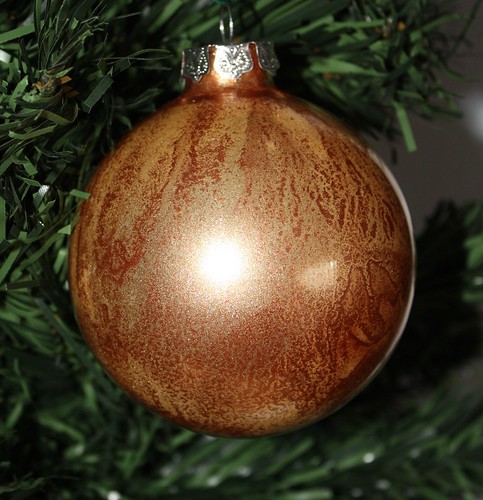Technique: Woodcraft
Materials:
pine wood plank 45mm wide
velcro, hook part only
sandpaper
Tools:
jigsaw or handsaw
scissors
A few weeks ago, for my birthday, I splurged and invested in a moderate amount of stamping supplies. By moderate I mean a few hundred dollars. There was a die cutting machine, a few die plates, some distress inks and a Ranger Blending Tool with foam pads.
The blending tools are pretty essential, and they get used for just about everything. Below are images of the tools as you would buy them from your local craft store. In Australia the tool itself will cost you approx $8, in the States about $5.
The wooden tool has a velcro hook strip on the flat part, and the foam pads have a soft fuzzy blue size which attaches to the velcro. I have bought two of these tools, and was so disappointed in the quality I will never buy another.
The first one I bought, you can see to the left in this photo, the first time I tried to replace the foam pad, the velcro strip stuck to the foam pad and tore away from the wooden base., and now it continually flops the base. Very poor adhesion on the velcro.
The second one I bought came out of the box with the handle broken. $8 each!! I know a dob of glue and it would have been fixed, but that isn't the point. I expect a little quality control. When I opened the package on the second and held both pieces in my hand, the penny dropped. That's just a block of wood with velcro on it.
The foam pads are 45mm x 30mm in size. A trip to the local hardware store and I found 1.8m length of pine that would suit. 1.8m is enough to make 60 blending tools, and it cost me $1.80 to buy. That is 3 cents each for the wooden bases. Three cents!
Make marks along the pine at 30mm intervals. Using either a hand saw, or a clever hubby with a jigsaw, cut the pine into little blocks.
 |
| Freshly cut blocks |
The pine is lovely to work with, and sands easily. Take a piece of sandpaper and go around all the cut edges. This step only takes a few minutes and a little bit of elbow grease. You could apply a sanding sealer or stain if you wanted too, but there's no fear of splinters once you sand it back.
 |
| Sand the edges a little |
I tried two types of velcro on my blocks, one pre-purchased sticky back velcro, the other sew on velcro that I glued onto the wood.
Sticky Back Velcro (the expensive but instant method)
I bought this from the hardware store, a brand especially designed for heavy duty applications, such as holding up heavy tools. It forms a strong bond in 60 seconds, and a near permament bond after 24 hours. The packet cost me $4.00 and it had enough velcro hook to make 7 blocks. That's 71 cents for the velcro.
Sew On Velcro (the cheaper but longer method)
I bought some sew on velcro from the haberdashery store, doesn't really matter what brand but mine was Velcro brand. I paid $3.50 for half a metre of 50mm wide, which will cut down to 16 strips. That's 21 cents for the velcro. This needs to be glued on, and of course you will need to wait for the glue to dry. Use something with a strong bond, like Tarzan Grip.
 |
| Attach velcro |
If you like you can glue on your own handle. Visit the knobs and handles aisle of the hardware store and you will be sure to find a large selection. The one I used here is intended has a flat base so it is a simple matter of a dollop of glue or liquid nails and its on for good. The knob is optional, and will add a little more to the cost., about a dollar. After having to use the broken Ranger one without the knob, I kind of prefer not to have the handle now, so I left mine without, but I wanted to show you what it looks like with a handle if you prefer.
So here is the side by side comparison.
The one from Ranger cost me $7.95. The ones I made cost me 74 cents (for the sticky back velcro version) and 24 cents (for the plain backed velcro that was glued on). The savings on one blending tool is enough to buy a new colour of distress ink. Tonight I made a dozen, saving myself well in excess of $85.00.













































